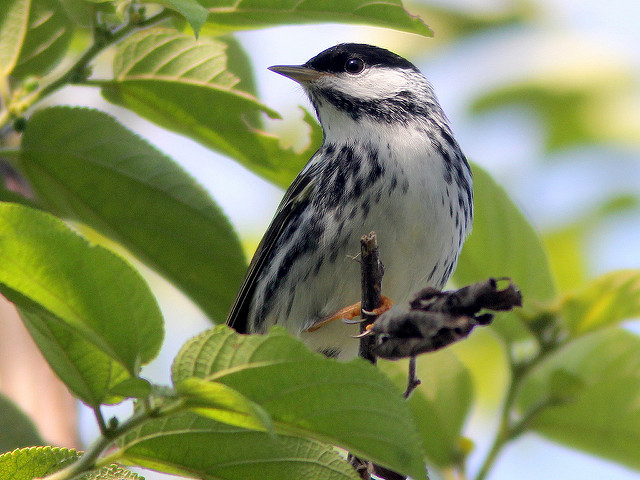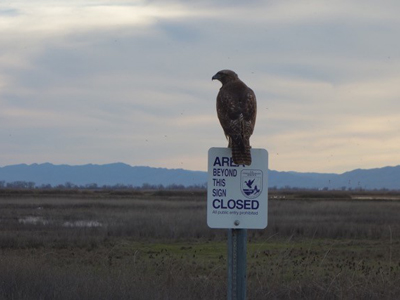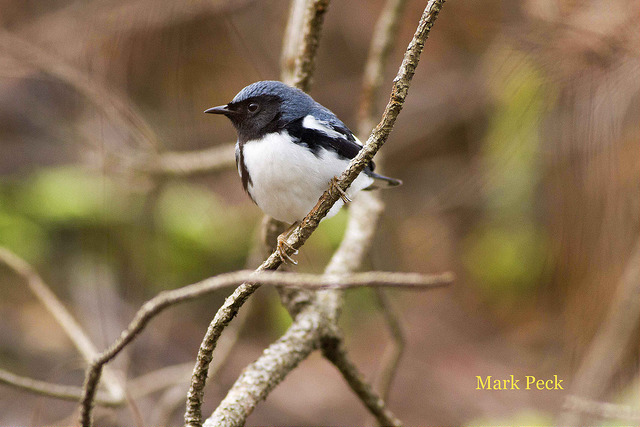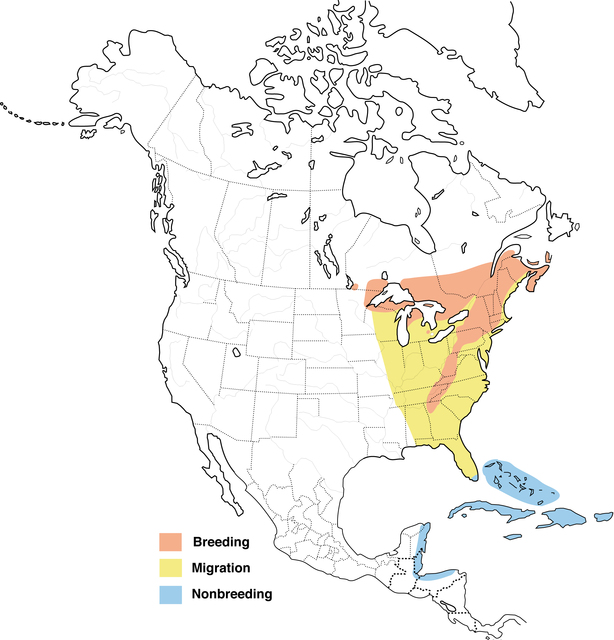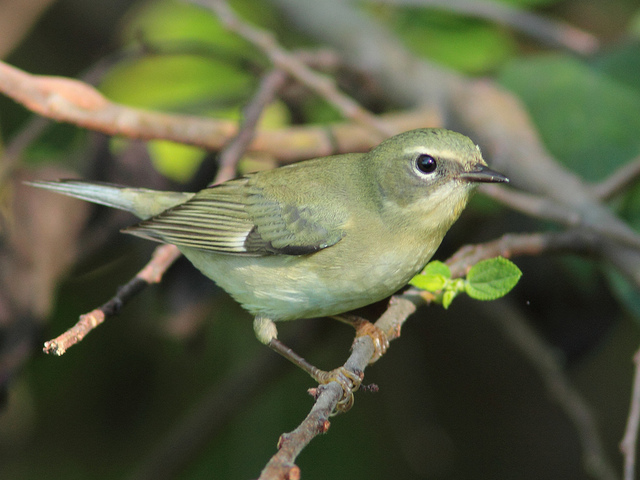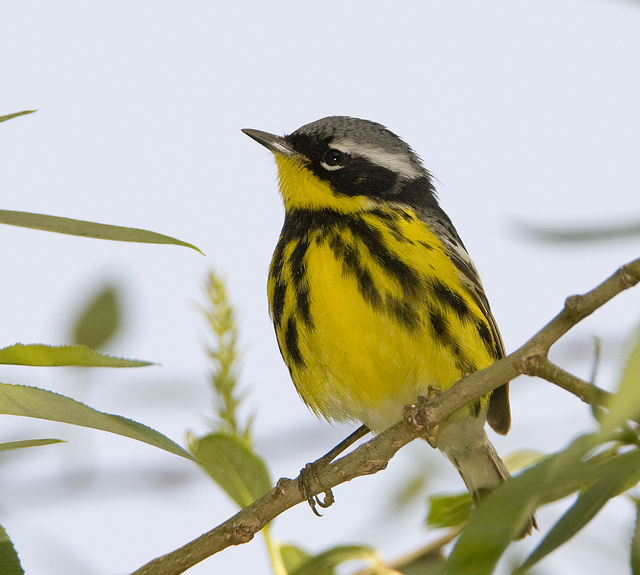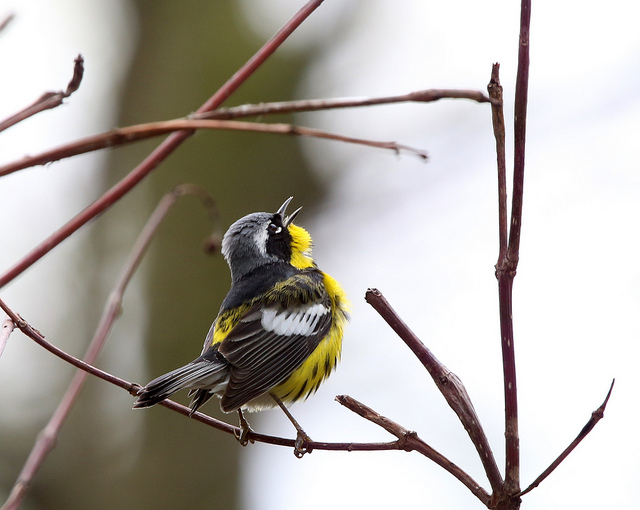By Jeff Ritterson, Bird Conservation Fellow
On Tuesday, May 9th, I was in Washington D.C. at Standing Together for Migratory Birds—a legislative briefing on federal migratory bird conservation programs. With recent political changes in Washington, it may seem that support for these programs, and the crucial funding they provide, is on the chopping block. But that’s not necessarily the case, and here’s why.
As conservation biologists, we understand that humans are inextricable from natural world, and that healthy and functioning ecosystems are inherently good for us. However, we also understand that money talks, and this was a theme of the legislative briefing. In remarks given by Senator Whitehouse (Dem-RI), he stated that, more often than not, humans come first on Capitol Hill, and every last issue gets monetized.
With that in mind, the American Birding Association presented on the economics of migratory birds and wildlife watching. For example, the U.S. Fish and Wildlife Service reports that in 2011 Americans spent about $15 billion on birdwatching trips and an additional $26 billion in related gear. A presentation by Ducks Unlimited also showed that significant money is spent hunting waterfowl, and 98 cents of every dollar from federal duck stamps sales goes to the acquisition of habitat—more than 6 million acres since its inception in 1934.
Of course, these activities depend on the conservation of our migratory bird species, and that’s where federal programs come in. For example, since 2002 the Neotropical Migratory Bird Conservation Act has provided about $60 million to fund over 500 migratory bird conservation projects. Also, the Farm Bill funds conservation programs that successfully help agricultural producers and migratory birds. For example, thanks to these programs, Whooping Cranes are now nesting in Louisiana farmland – the first state nest in 75 years.
However, it’s not just a federal handout. Many programs require additional contributions—as much as 3 dollars for every 1 federal dollar provided. This way programs stimulate conservation activity and non-federal support from sources such as private foundations and donors.
With such a sound economics, federal migratory bird conservation programs can receive support from both sides of the political aisle. That said, they are periodically reviewed, and it is important to tell your senators and congressional representative that you support full funding of bird conservation programs.


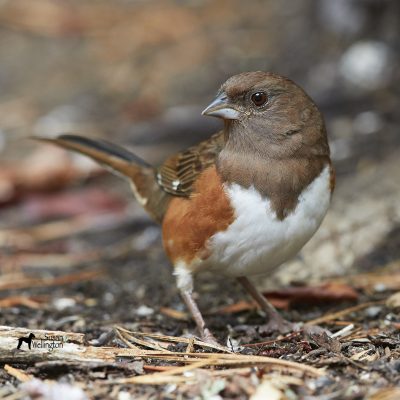
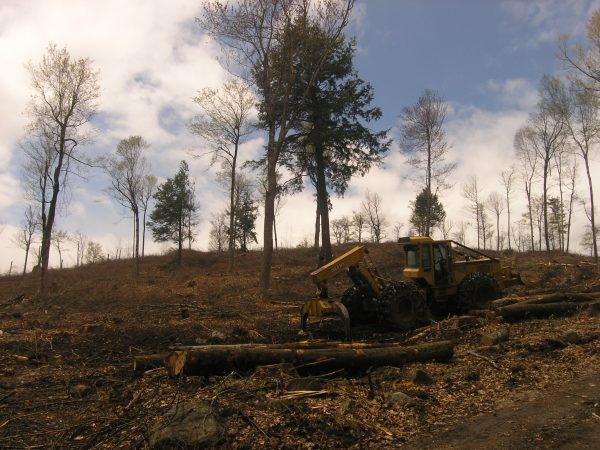
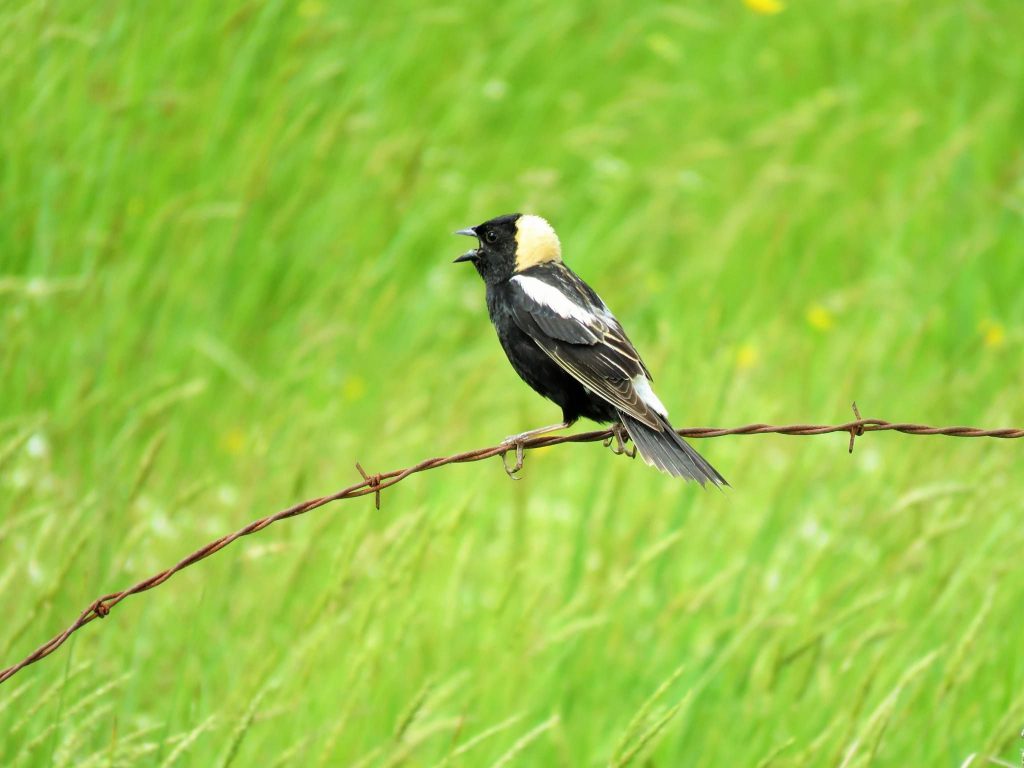

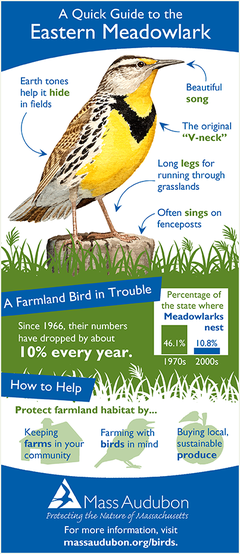 Calling all birders and bird enthusiasts!
Calling all birders and bird enthusiasts!